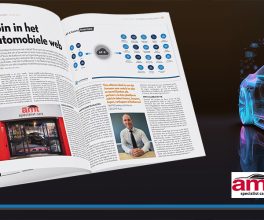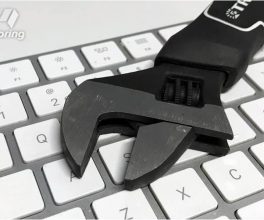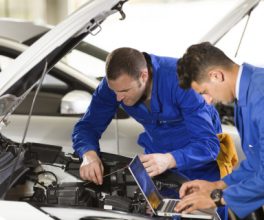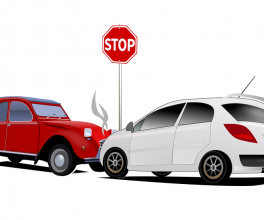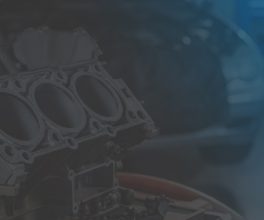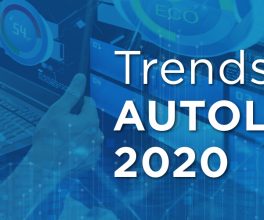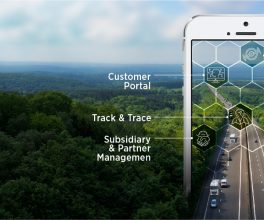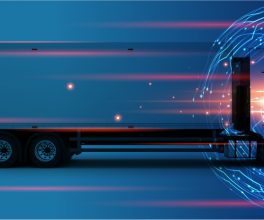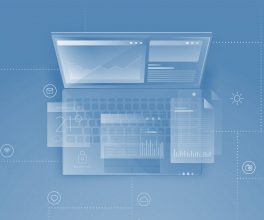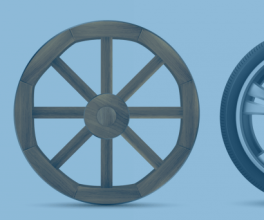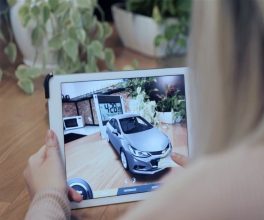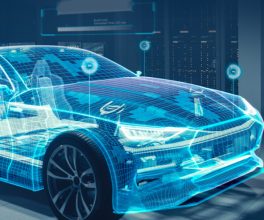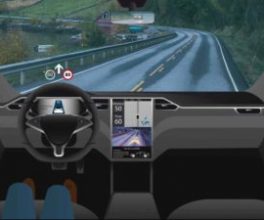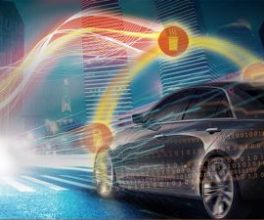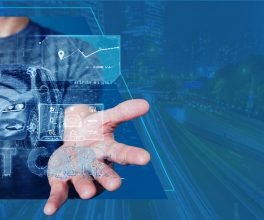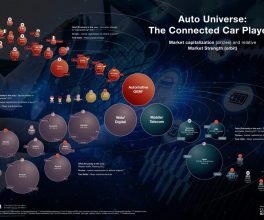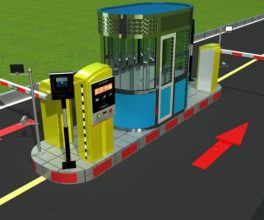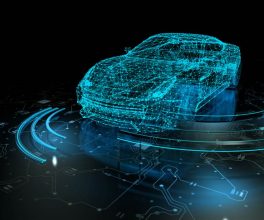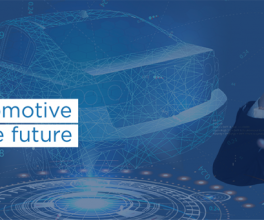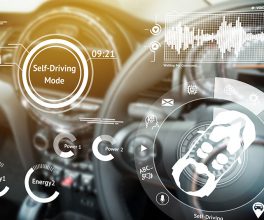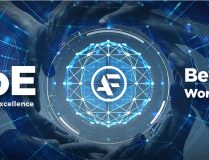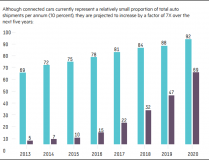Insurers Must Accommodate Emerging Data Sources in the Global Telematics and Connected Car Insurance Market
There’s no denying that connected car insurance and automotive telematics have taken the world — and especially the highly competitive automotive insurance industry — by storm.
But there’s one thing that many insurers are failing to consider in their quest to satisfy customers’ demands for connected car insurance/UBI (expected to grow over 140 million subscribers globally by 2023) and create the best usage-based insurance policies: multiple sources of data.
MULTIPLE SOURCES OF DATA COLLECTION

Big Data is at the heart of any connected car or usage-based insurance program. It’s the information about driving behaviour, driving time, and driving location that helps automotive insurance companies determine a more accurate (and fair) premium for their clients. It’s what is helping setting automotive insurers who embrace UBI apart from their competitors and it’s what’s giving many insurance customers a cheaper way to buy insurance.
But a new report from telecommunications firm Vodafone shows that too many automotive insurance providers are failing to take advantage of all the data available to them. In their report, which is called “On the Road Again: The Evolution of Car Insurance,” says that not enough insurance companies are preparing for upcoming changes in the automotive industry, including the development and distribution of self-driving and semi-autonomous vehicles.
Stephen Appt, the author of the report and a specialist in autonomous vehicle regulation, says that most current usage-based insurance policies focus overwhelmingly on the driver, including their accident history and their driving behaviour (as analyzed through the collection of telematics data).
But are insurance companies prepared for a time when it may be the vehicle, and not the driver, who needs to be monitored? The Vodafone report suggests that may not be the case, and that could lead to a serious disconnect between reality and the telematics-based reports produced by insurers. According to Appt, insurance companies committed to UBI must act now to prepare for the tidal wave of change brought on by the rapid introduction of semi- and completely autonomous driving technology. Appt feels this will require many insurers to adopt more complicated hardware and software that’s capable of reading a different type of risk — the risk posed by vehicles themselves, rather than their drivers.
To meet this demand, Nico Gollwitzer, head of telematics at Vodafone, says insurers will need to expand their data sources. “On average there are five data sources used by the connected car ecosystem,” says Nico Gollwitzer. “They include but are not limited to acceleration, location, time, type of road, local speed limits, weather, car diagnostics systems and driver ID.”
In the future, Gollwitzer suggests, that won’t be enough. As autonomous driving technology becomes more prevalent, the range of data sources will rapidly expand. And while it’s not yet clear what these data sources will be, it is clear that the insurance companies that discover and employ them to their full advantage will have a competitive edge over their market rivals.
Of course, this also depends on how the automotive insurance company responds to the emergence of multi data sources. If companies like Ford, Toyota and Volkswagen get on board with usage-based insurance the way they’ve embraced autonomous driving technology, we could eventually see UBI hardware and software become as prevalent as automatic windows or touch screen controls.
In a recent interview, Gollwitzer was asked the following question: “How will connected car insurance evolve over the next five years and beyond through OEM ascendency and new streams encompassing the wider IoT ecosystem?”
Gollwitzer’s reply: automotive insurance companies could find they have the support of some of the world’s leading automotive manufacturers. In fact, Gollwitzer predicts that, eventually, many new vehicles will ship with telematics systems already installed. It’s a possibility that Gollwitzer believes could lead to the cementing of usage-based insurance as the foundation for the creation of future automotive insurance policies.
Although things remain fairly hypothetical at this point, Gollwitzer suggests that the growth of the “Internet of Things” and data collection through home technology — such as televisions, computers and even appliances — could represent new data sources for the automotive insurance market.
“New trends of using telematics services in homes make the accessible data sets even more complex. Using that data to keep customers loyal and increasing customer intimacy will be critical to the future success of insurers,” Gollwitzer says. “The classic insurance risk models will have to be extended to include the cost of customer acquisition.”
Of course, protecting data will also be of critical importance. As usage-based insurance policies become more popular — and automotive telematics more prevalent in the manufacturing of vehicles — it’s likely that data will be targeted. Here, again, is another factor that could distinguish between the successful and unsuccessful insurers: those who can demonstrate the ability to protect their customers information, and those who cannot. “As soon as the international IT security research community will shift their interest from car makers to insurers, it will become a critical brand protection topic also for insurers,” Gollwitzer says.
Preparing for this challenge should start now, Gollwitzer insists, noting that insurers should “carefully review their installed base of devices and infrastructure to protect themselves from loss of confidential data or even access to sensitive customer information in their backend.” Looking ahead, Gollwitzer believes only cooperation between insurers and automotive manufacturers will help keep data safe. “Security in this environment will need to be consistent with any other large IT programme,” he noted.
Pooling resources could also help in the advancement of other telematics programs, Gollwitzer says. In the future, standardization of UBI protocols could involve the “adoption of cross-industry telematics platforms, which will permit car makers and insurers to share data in a normalised way without having to look at time-consuming standardisation bodies.”
The overarching finding of the Vodafone report: that insurance companies committed to seeing usage-based insurance through need to begin planning for the emergence of new technology and emerging sources of data. Failing to do so could leave them behind their competitors and expose their customers to the kinds of threats rarely associated with the automotive industry in the past.
Duncan Anderson, global head of pricing and product management at Towers Watson, agrees with this finding. “Launching and maintaining successful telematics motor insurance products involves more than simply sourcing a device and considering basic driving events,” Anderson says.
Courtesy of IMS





